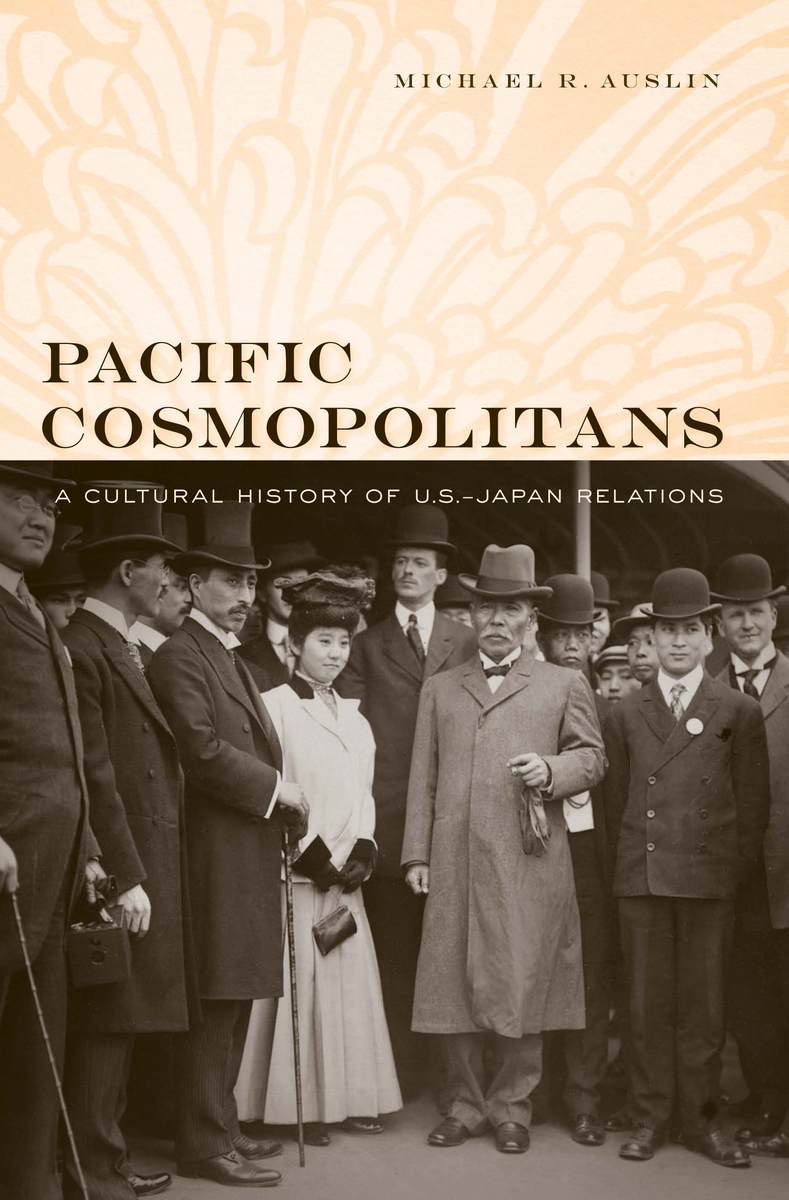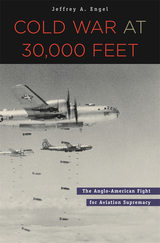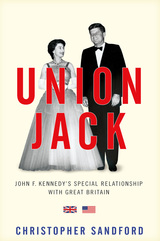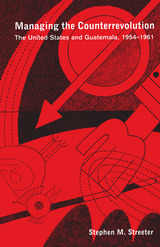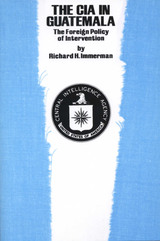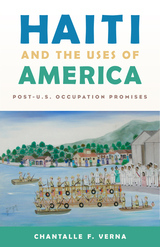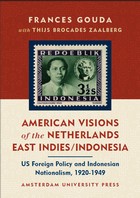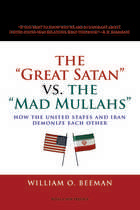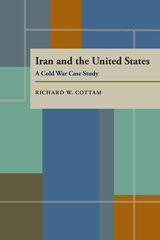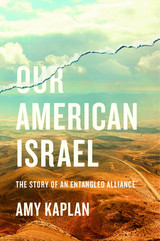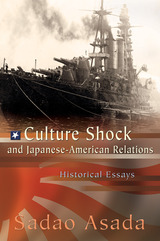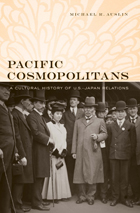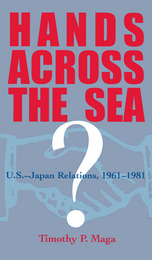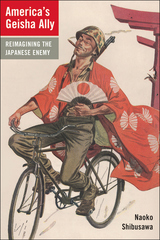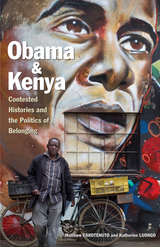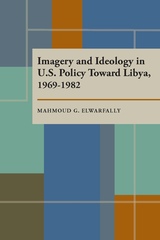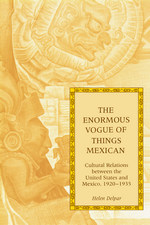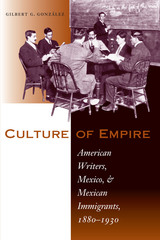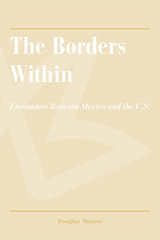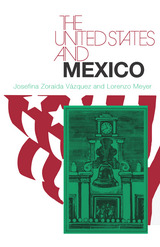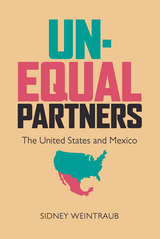Cloth: 978-0-674-04597-2 | eISBN: 978-0-674-06080-7
Library of Congress Classification E183.8.J3A927 2011
Dewey Decimal Classification 303.48273052
Decades before Americans cheered on Ichiro Suzuki, Japanese baseball fans swooned over Babe Ruth. And a century prior to the craze for anime and manga, American art collectors hoarded Japanese woodblock prints. Few relationships can match the depth, or importance, of the cultural ties between America and Japan over the past two hundred years. In Pacific Cosmopolitans, Michael Auslin tells this absorbing history in full for the first time.
From the moment adventurers reached each other's shores in the early 1800s, cultural encounter formed the bedrock of U.S.–Japan ties. Such casual connections turned into formal cultural exchange within the emerging global society of the late nineteenth century. As both countries became great powers, new cultural institutions supplemented political ties and helped promote economic trade, shaping the Pacific world yet becoming entangled in controversy. These trans-Pacific activities faced critics in both countries and were overwhelmed by rising nationalism and geopolitical crisis in the early twentieth century.
In the decades since World War II, however, U.S.–Japan cultural exchange has again been seen as a crucial means to strengthen the bonds between the two nations. Bringing together philanthropists like the Rockefeller family and artists like Akira Kurosawa, along with untold numbers of ordinary Americans and Japanese, the acolytes of exchange continue to believe that cross-cultural understanding will promote a more peaceful future, even in the face of competing national interests.
See other books on: Auslin, Michael R. | Cultural History | Japan | Relations | U . S - Japan Relations
See other titles from Harvard University Press
